Top 6 materials to master for dental lab success
The List: Quick bites for personal development and overall lab success
The List: Quick bites for personal development and overall lab success
1. Ivoclar Vivadent || IPS e.max
WHY MASTER? More than 40 million fabricated restorations are testament to its prominence.
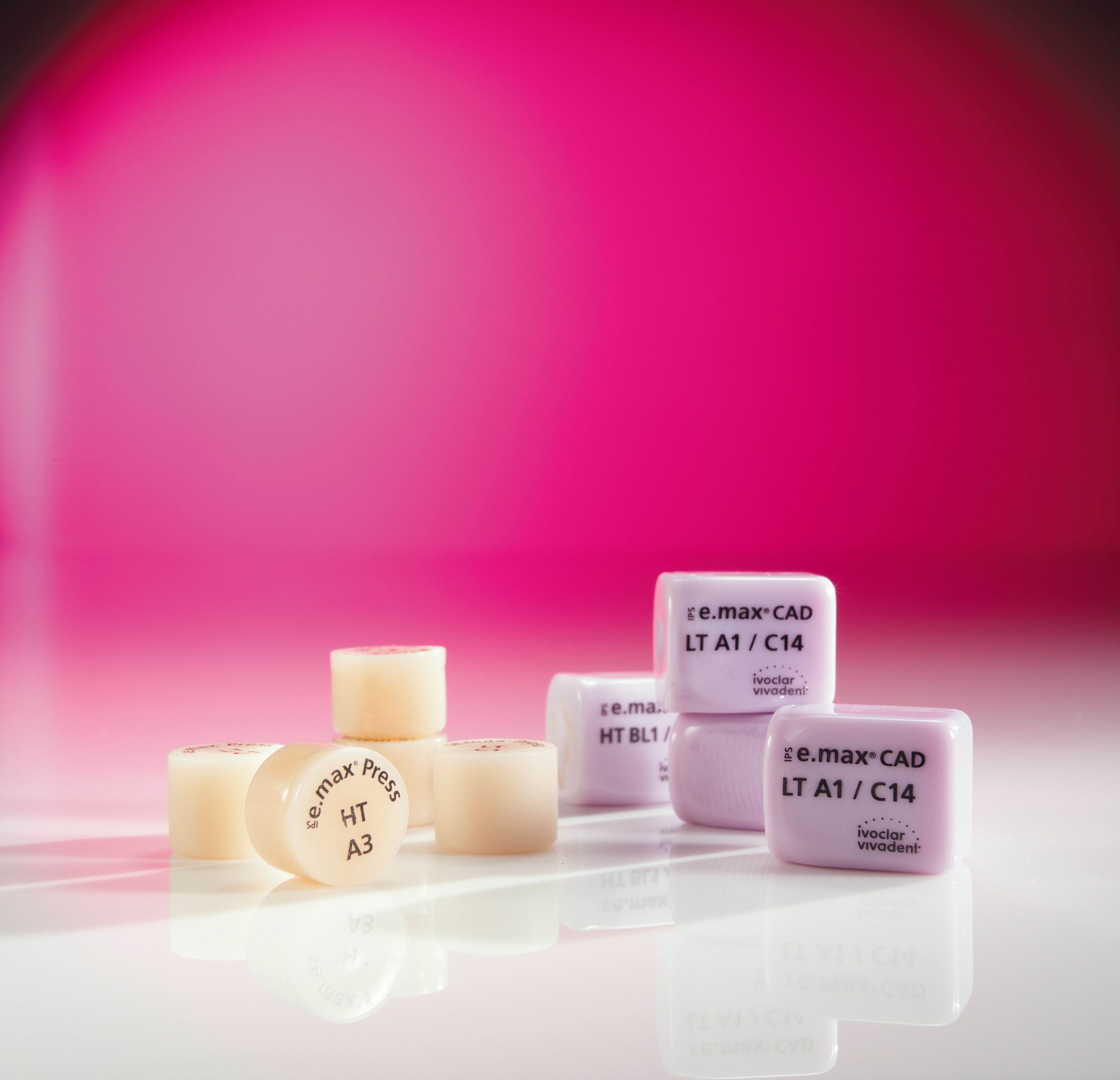
IPS e.max is a lithium disilicate glass ceramic that has optimized translucency, durability and strength for full anatomical restorations. IPS e.max lithium disilicate restorations exhibit superior durability featuring 360-400 MPa of flexural strength. When fabricated to full-contour, the monolithic structure provides an extremely robust restoration.
The opalescence, translucency and light diffusion properties were all designed to replicate natural tooth structure for beauty and undetectable restorations. The material is also backed by more than 10 years of clinical evidence in which it shows a 98.2% crown survival rate. With more than 40 million restorations in the market, IPS e.max lithium disilicate is one of the most popular all-ceramic materials available.
Designed with simplicity and versatility in mind, IPS e.max is said to be the ultimate in metal-free esthetics and durability offering high-strength materials for both the PRESS and the CAD/CAM technique.
If you prefer to work with the PRESS technique, two different types of ingots are available: IPS e.max Press, a high-strength glass-ceramic and IPS e.max ZirPress, an esthetic glass-ceramic that is pressed onto zirconium oxide in a fast and efficient procedure. For CAD/CAM applications, either the highly esthetic IPS e.max CAD ceramic glass blocks or the high-strength IPS e.max ZirCAD zirconium oxide can be selected, depending on the case requirements.
The nano-fluorapatite layering ceramic IPS e.max Ceram completes the all-ceramic system. This material is used to veneer all IPS e.max components, no matter if they are glass-ceramic or zirconium oxide.
2. Glidewell Laboratories || BruxZir
WHY MASTER? It is the most prescribed brand of full-contour zirconia. Enough said.
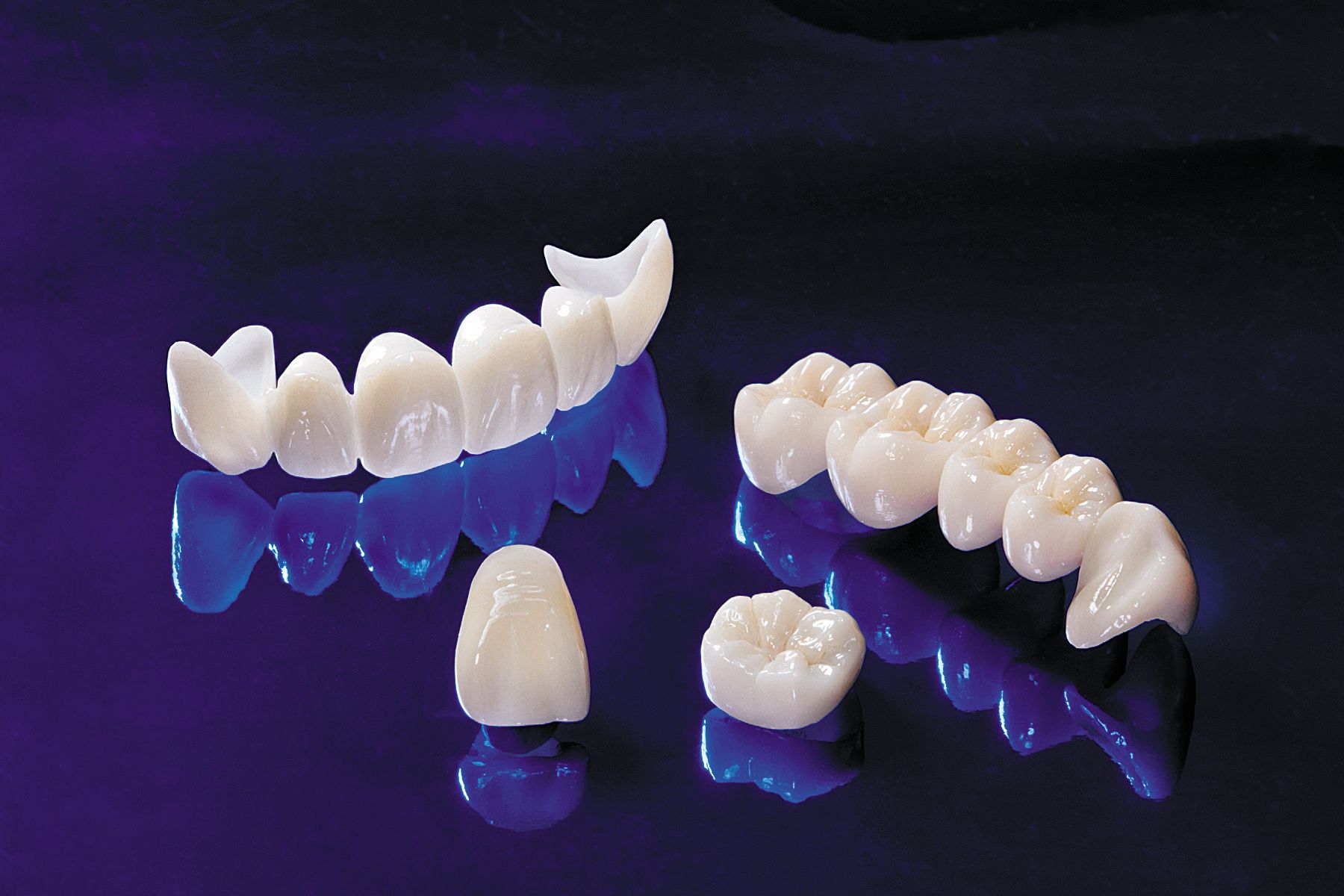
BruxZir
® Solid Zirconia is a monolithic zirconia restoration
with no porcelain overlay. Since its launch, BruxZir has impressed dental lab technicians and dentists alike with its esthetics and its “chip-proof” durability, well suited for bruxers who have broken natural teeth or previous PFM restorations. BruxZir is glazed to a smooth surface to reduce plaque accumulation, designed and milled using CAD/CAM technology, and requires minimal preparation of 0.5 mm with feather edge margins, much like cast gold.
Now featuring a new BruxZir Shaded formulation, BruxZir restorations exhibit improved translucency and color similar to natural dentition, making them a restorative option in the anterior as well. Complete color penetration all the way through the restorations is said to ensure greater shade consistency and prevent any shade changes after occlusal adjustment.
glidewelldental.com
3. GC America || GC Initial Complete Ceramic System
WHY MASTER? In today’s lab, time is money and this system is built to maximize efficiency.
GC Initial
can create metal-ceramic restorations all the way to full-ceramic. This product consists of six ceramics in one integrated product line with one color system. No longer does the ceramist have to spend valuable time learning to use a myriad of different ceramics from an array of manufacturers to create the variety of restorations that may be needed to complete a case.
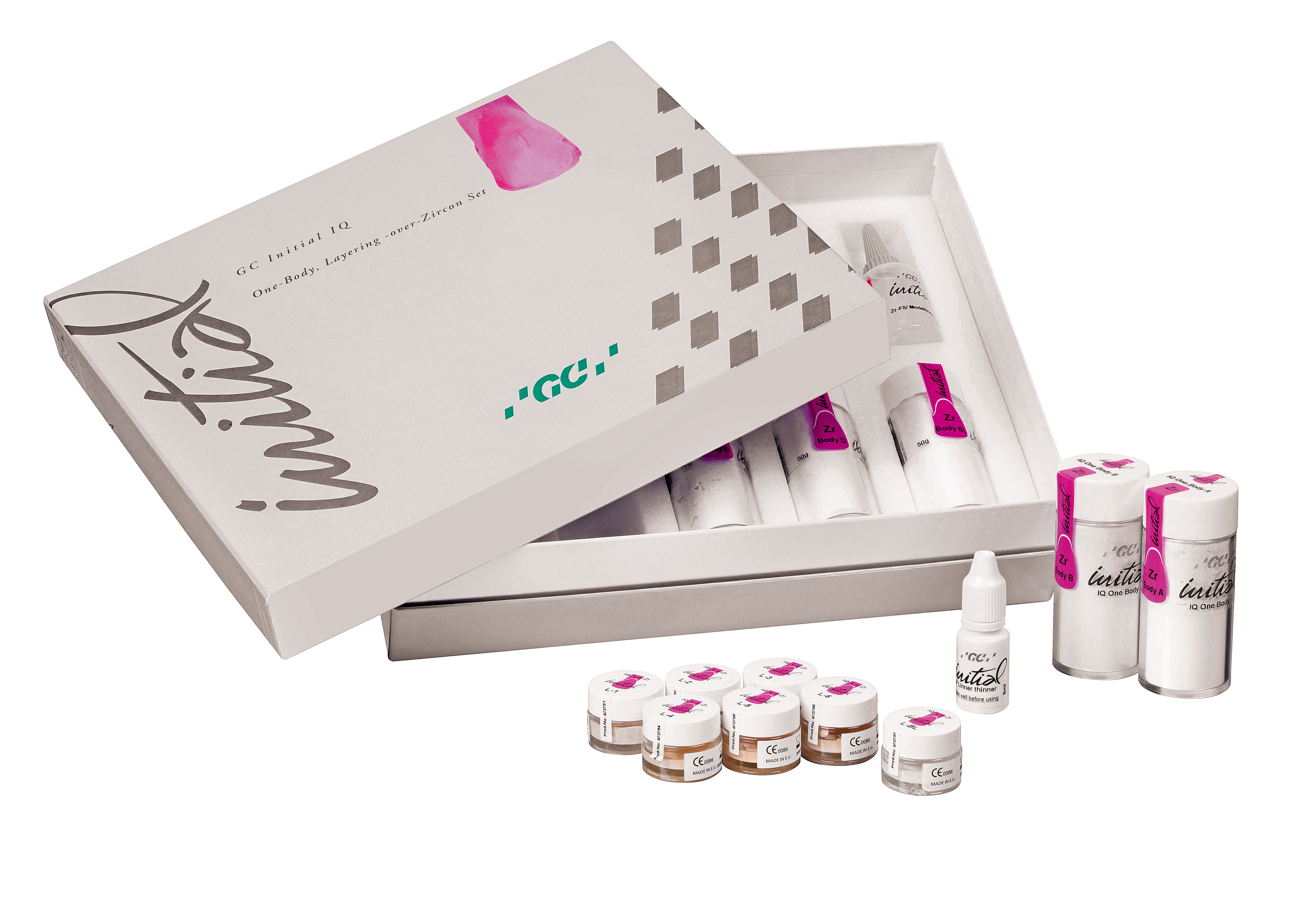
Each
GC Initial ceramic
is adapted to meet the needs of its particular fabrication process and framework, such as its coefficient of thermal expansion (or CTE). Stress cracks and fractures are therefore avoided, which ensures strong bonding, adhesion and retention. With GC Initial, the technician needs to master only one layering technique and one shade system.
With the time saved by using identical processing methods for all components using a single shade system and removing the need to re-adjust to other unaccustomed layering techniques or layering systems, GC Initial gives the technician more essential time to be creative. It doesn’t matter if you are working with full ceramic, metal-based, titanium or zirconium oxide or aluminum oxide frameworks; this system has its own components when low-fusing technology or the ceramic pressing techniques are used. With the same shading system and build-up technique, GC Initial requires a short learning curve and can be easily adapted by high volume labs or tooth design boutiques, regardless of the substructure or framework. This product was developed for maximum technique tolerance, which is very forgiving and has extremely low shrinkage.
gcamerica.com
4. Vident || VITA Enamic
WHY MASTER? It may be new, but the hybrid approach offers unparalleled strength that you’ll want to take advantage of.
VITA ENAMIC®
is the first hybrid dental ceramic in the world with a dual-network structure that combines the best properties of ceramic and composite materials. The dominant ceramic network structure and the reinforcing polymer network structure of VITA Enamic are fully merged with one another, similar to the way that steel reinforces concrete.
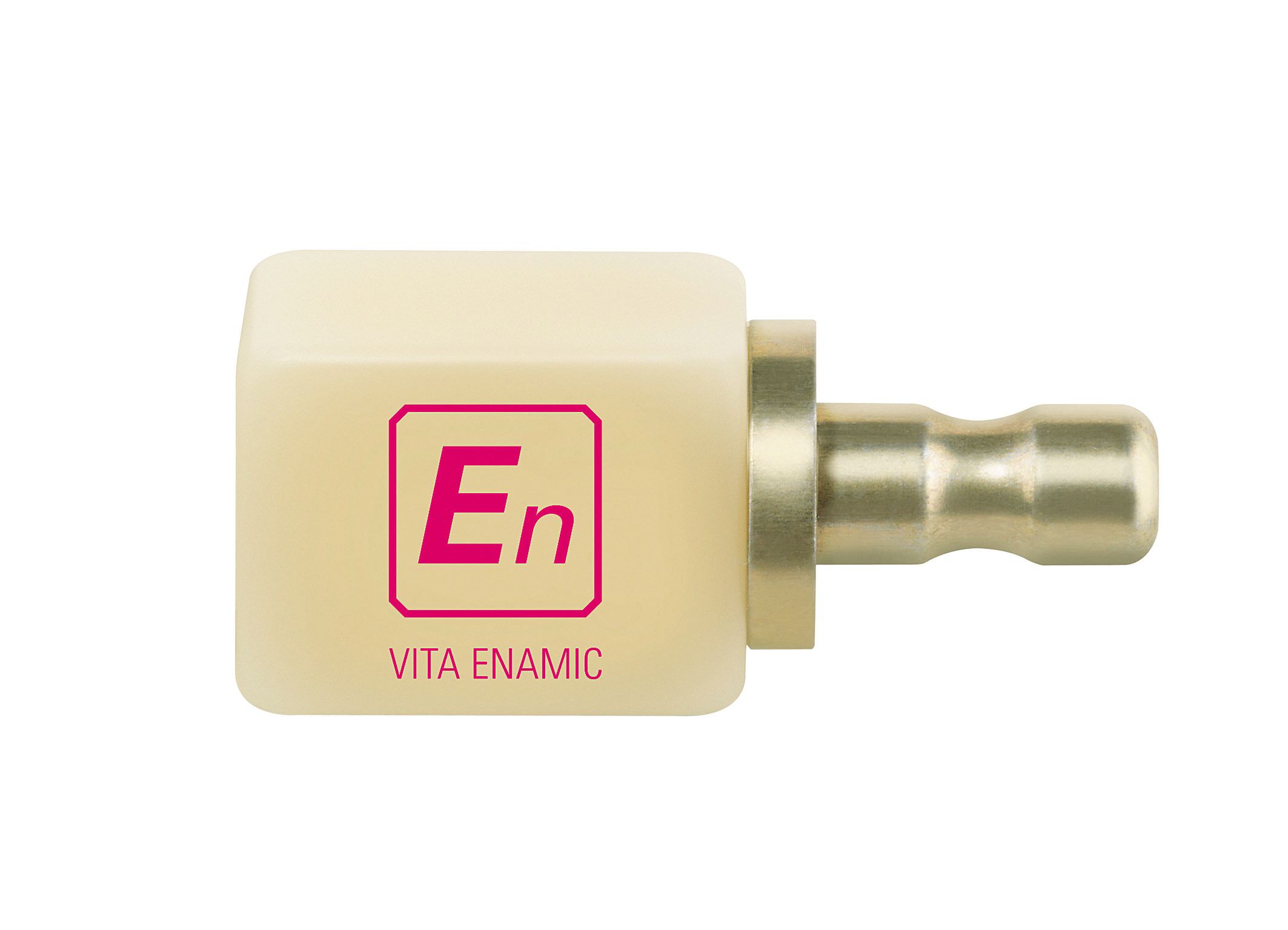
With the dual ceramic-polymer network, the new composite incorporates the benefits of ceramic and composite materials in one new product. Materials science testing shows that VITA Enamic offers high fracture load capacity, while also ensuring optimal levels of elasticity and integrated crack prevention.
VITA Enamic features significantly less brittleness than a pure dental ceramic as well as abrasion properties said to be superior to that of conventional composite materials. It is extremely resistant to the shear and compressive forces of the jaw and natural teeth, allowing the material to be used for a variety of applications. Enamic CAD/CAM blocks, which are classed as a ceramic for insurance purposes, are not only suitable for fabricating inlays, onlays, veneers, crowns for anterior and posterior applications and crowns over implants, but because of reduced wall thickness, can be used for minimally invasive restorations such as no-prep veneers and restorations in areas where space is limited.
VITA Enamic is also highly reliable and offers greater precision, improved edge stability and, as a result, finer, more accurate outcomes than what’s possible with conventional dental ceramics. With the corresponding polishing set from VITA, the material can be quickly polished.
vident.com
5. Shofu || OneShot MP / OneShot ZR
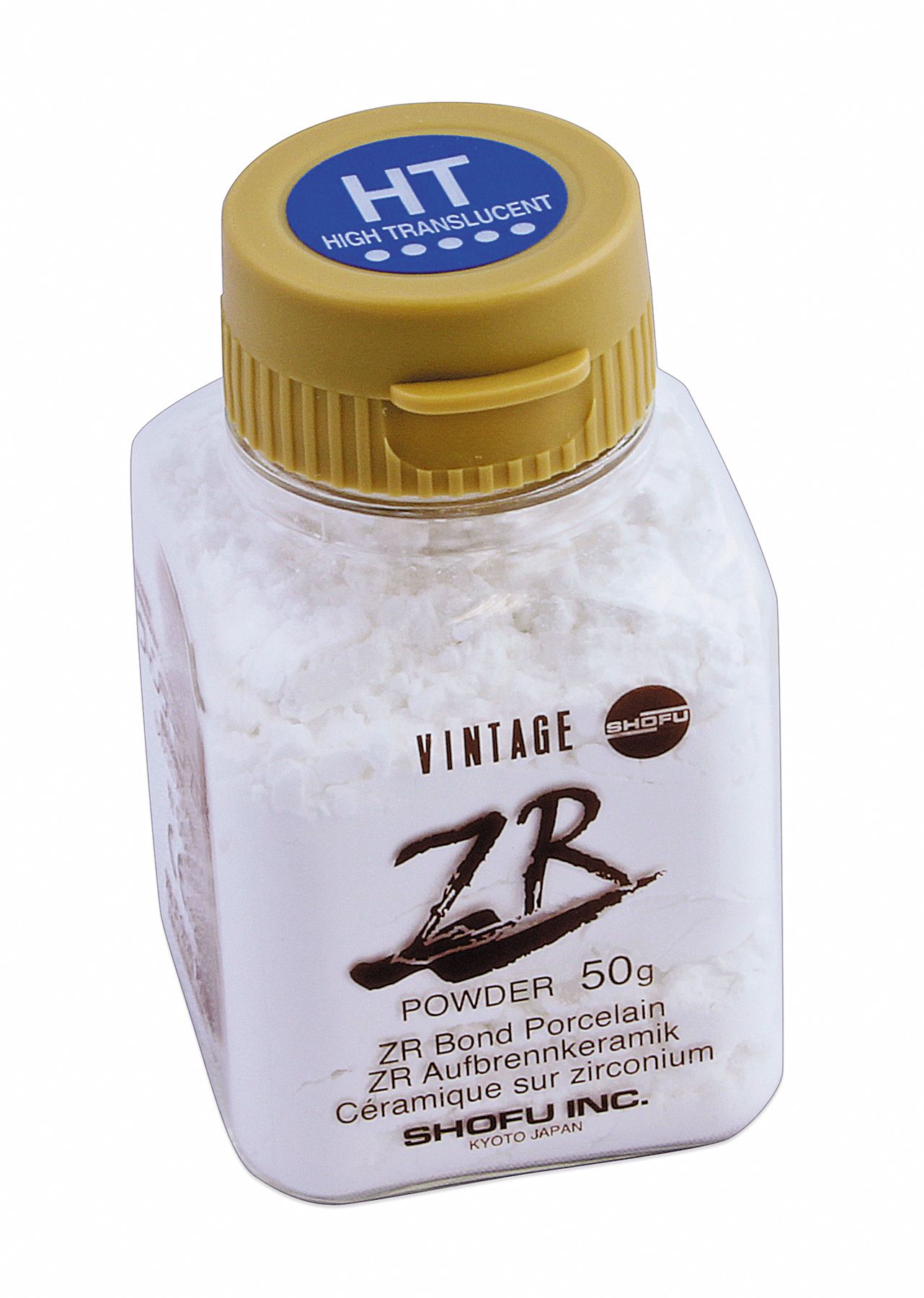
WHY MASTER? Because you shouldn’t have to choose between efficiency and esthetics.
Available in both metal and zirconia versions,
OneShot Unilayer Porcelain
improves productivity and esthetic outcomes with a simplified, single powder build-up process. Just one baking cycle provides reportedly flawless color match for any VITA shade. The densely-packed homogeneous material yields vastly reduced shrinkage versus multiple firing techniques while allowing one powder to build to full contour.
shofu.com
6. Zahn Dental || Zirlux FC
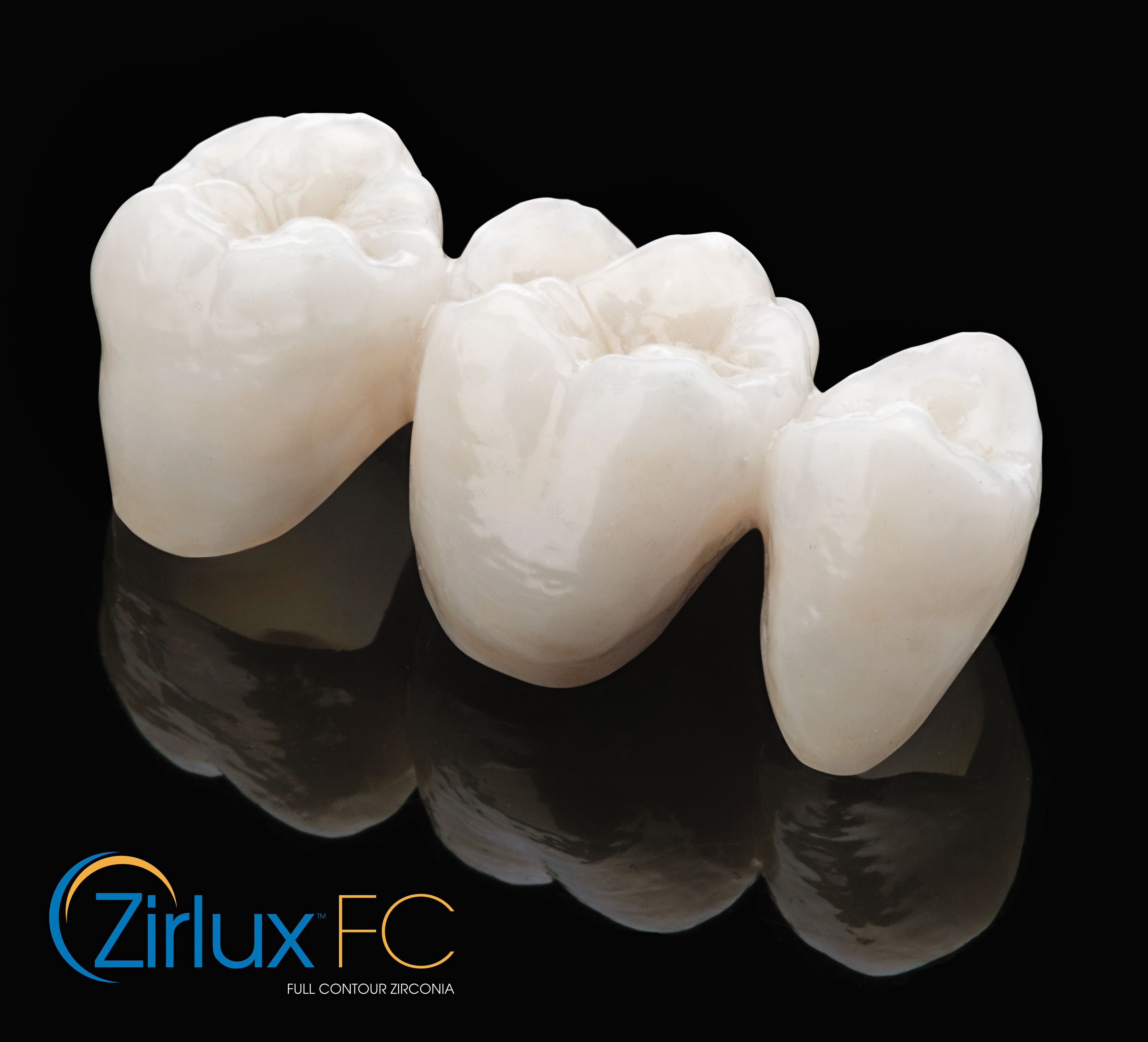
WHY MASTER? Strength you can rely on - monolithic zirconia structure, high strength of 1200 MPa - from a partner you can rely on.
Zirlux™ FC
provides a full contour Zirconia solution that allows for a higher level of esthetics over other full contour Zirconia systems. The system allows the production of all A-D shades plus 3 Bleach shades, while eliminating the need for coloring liquids or dipping, saving lab technicians time and money.
zahndental.com
Product Bites – January 19, 2024
January 19th 2024Product Bites makes sure you don't miss the next innovation for your practice. This week's Product Bites podcast features new launches from Adravision, Formlabs, Owandy Radiology, Henry Schein Orthodontics, Dental Creations, and Dental Blue Box. [5 Minutes]
Product Bites – December 22, 2023
December 22nd 2023The weekly new products podcast from Dental Products Report is back. With a quick look at all of the newest dental product launches, Product Bites makes sure you don't miss the next innovation for your practice. This week's Product Bites podcast features updated software from Medit. [2 Minutes]